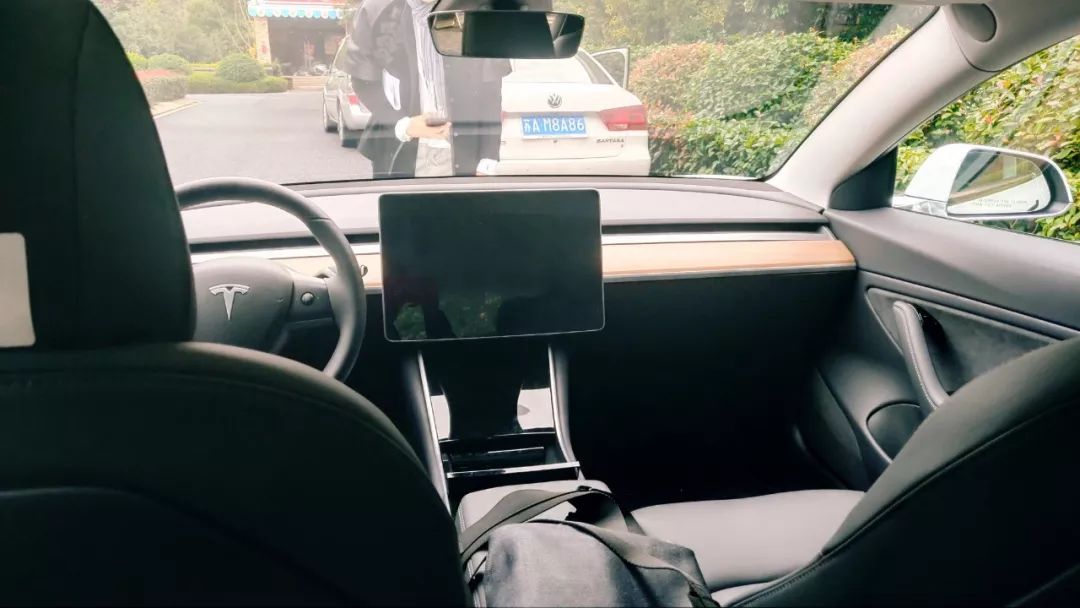This text is from Battery King, a member of the 42HOW community, former BRZ owner, and current Model 3 Performance first batch preorder owner. Enjoy it.
Adding throttle appropriately in the corners to obtain the pleasure of oversteer is a joy exclusive to rear-wheel drive cars. But what would it be like when the car is a pure electric vehicle?
The previous bend was frustrating, the next bend was wonderful.
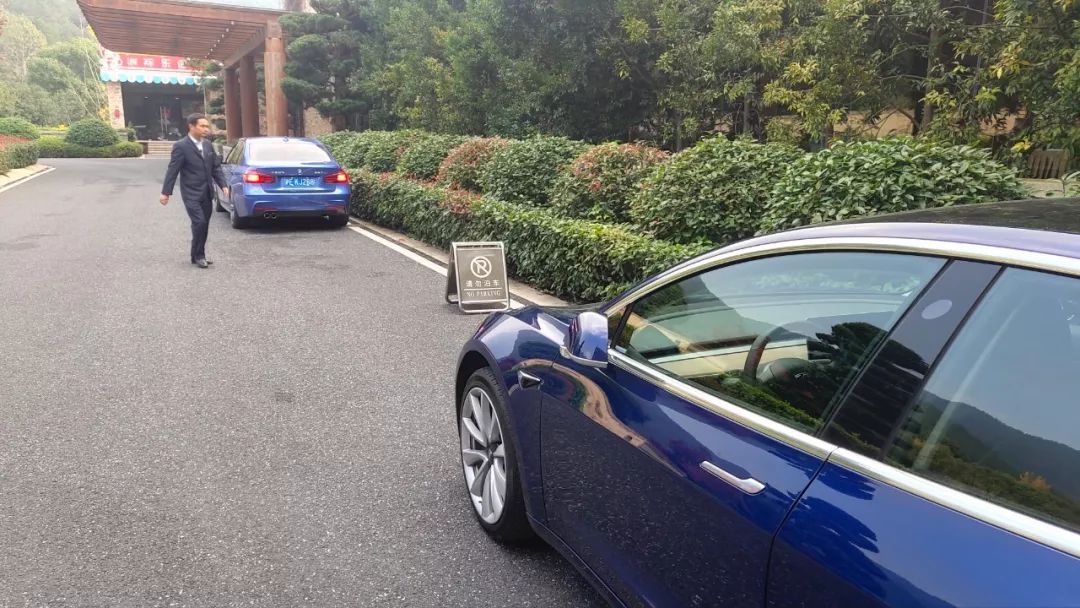
Last month, yes, it was last month, I had the opportunity to have an unofficial experience with Model 3. During the whole event, I drove for dozens of kilometers on mountain roads in Model 3, and the whole experience was impressive.
The first thing I did when I got on the car was to adjust the energy recovery to standard, and the other gear to easy, with lower recovery power.
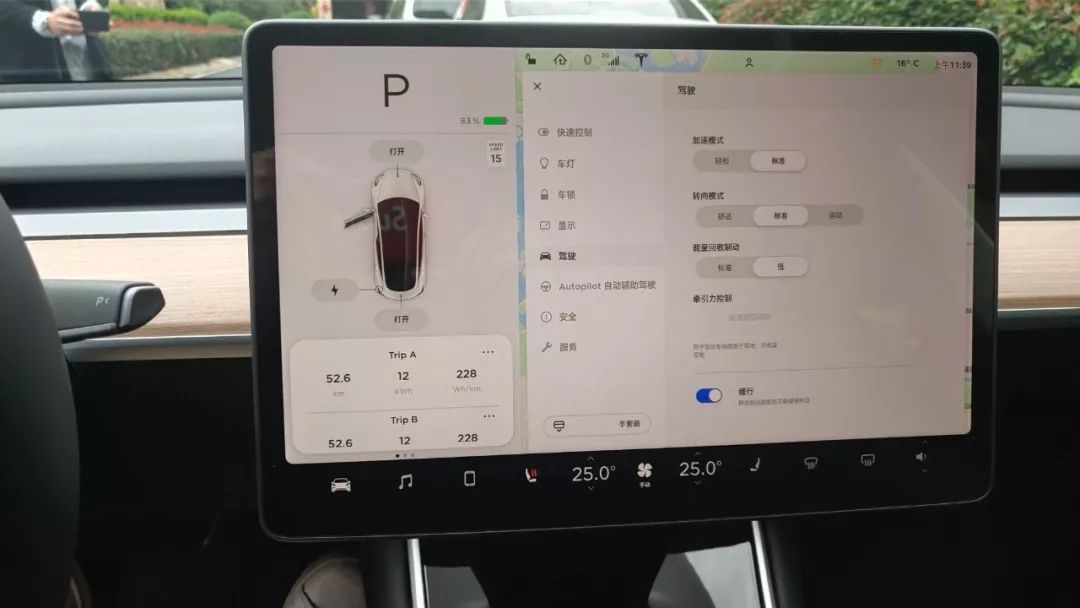
What’s the difference between an EV without perfect single-pedal logic and a “stinky fish”?
Fortunately, it is not the case with Model 3. There is no model on the market with higher energy recovery power than Model 3, and this function of 3 has already silently increased the recovery power during a certain OTA.
But when I entered the first corner, I was struggling whether the energy recovery power of the car was enough to slow down. Should I step on the brake?
When there was no photographer in the car, I could finally dare to step hard on the brake first, and then lightly step on the delicate throttle to carefully control the output power of the motor. When the brake was heavily applied, the shift of the car’s center of gravity was small, which made people confident.
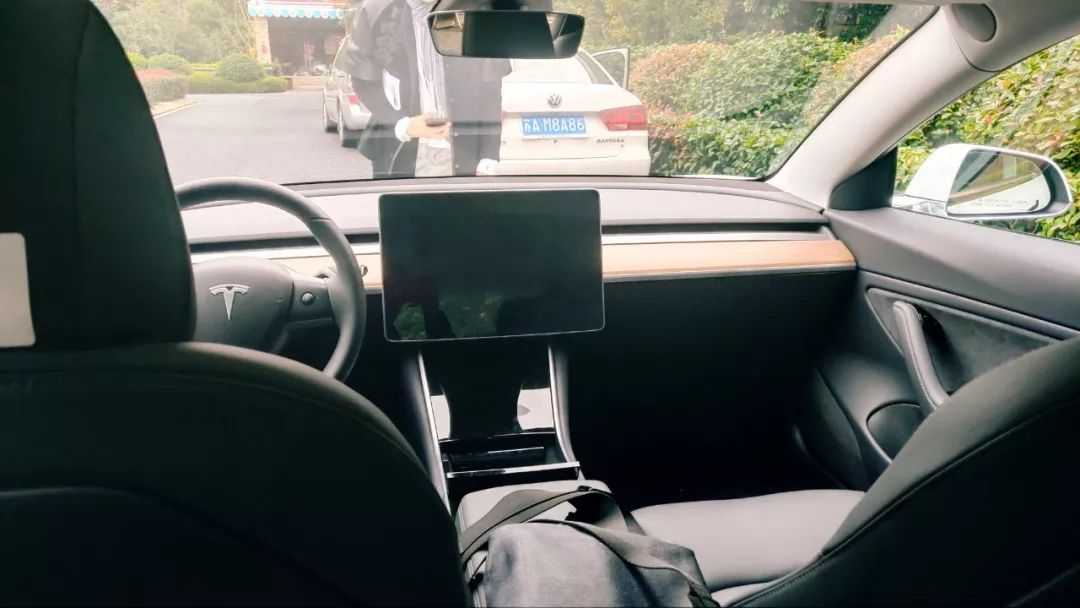
This is a mountain road, safety is the top priority, I told myself.
After all, this is still a photography-based experiential event, and I cannot try the limits of the vehicle like when I’m racing on a track with my own car.
But this does not affect the joy that the car brings to people, because when I made the first turn, I already understood where the orientation of this car is. Every feedback from it brings you pleasure, not boring like the previous generation.The slightly undersized steering wheel gives a feeling of driving with a Logitech G27, but fortunately the calibration and size are compact and the slightest movement of the steering wheel elicits a response from the front of the car with precise proportions.
By the second lap, I started trying to press the throttle harder in the corners, and the back of the car began to get restless, the front no longer following the line but rather turning towards the inside of the bend.
Exiting the corner, returning to center, perfect.
If only it were the performance version, I muttered to myself.
The Model 3’s acceleration mode comes in two types: Chill and Sport, as does the Performance version.
The insane mode that would torture your soul on the S/X no longer exists.
Because as long as you press the throttle to the floor in Sport mode, all 24 silicon carbide Mosfets connecting to each motor will be fully activated and several hundred amps of current will be fed into the motor stator.
Just thinking about it is exhilarating, even though there’s almost no sound.
What’s precious is that this surge of exhilaration comes with a touch of tenderness and the rapid rise of the current discharge follows a sort of sine wave curve, gradually increasing and not hammering people into their seats.
But I did a simple deduction, that just the rear-wheel-drive version alone has such wonderful driving pleasure, so the Performance version I ordered naturally will be even more captivating.
It should be noted that the track mode calibration for the Performance version came from Randy Pobst and according to Motor Trend, the vehicle’s dynamic performance in corners in track mode has already approached perfection.
“No, I’m going to take it off the track when I get it.”
Even on non-public roads, pushing the vehicle to its limits is not safe.
After experiencing the wonderful pleasure of driving, I started trying out a Zen-like approach.
“It’s a little noisy.”
“The sealing strip is so rough and there are no frameless doors – how can it be quiet?”
“Okay, I accept this drawback.”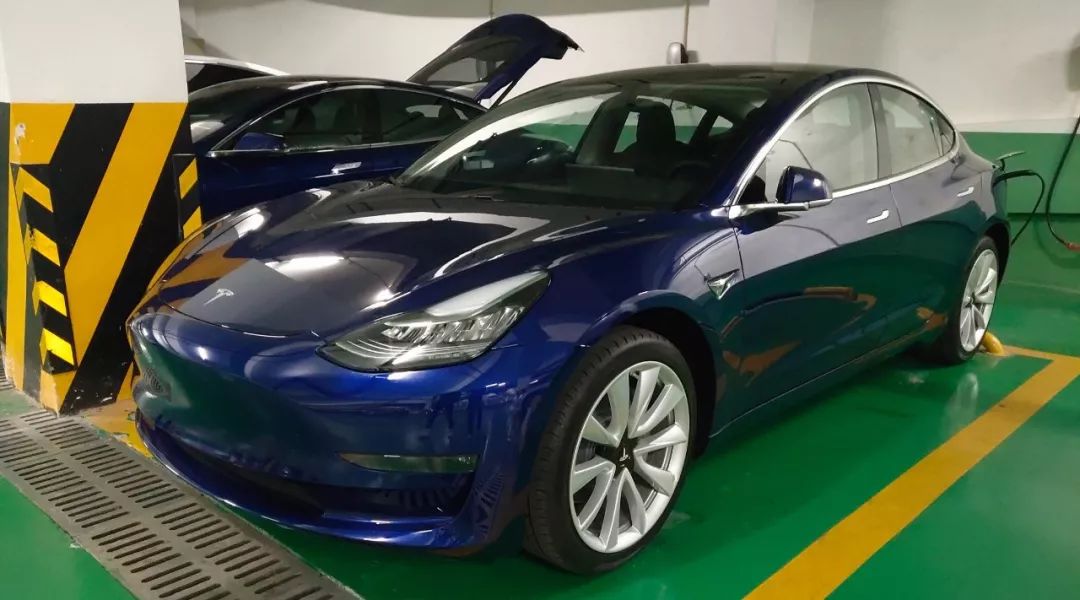
After all, it’s an electric vehicle, so it’s inevitable that there are some drawbacks. As long as it can run 500 kilometers, what else do you need?
There is no useful voice interaction, no dashboard in the driving position, no electric tailgate, and so on…
“These are not important!”
This is not self-consolation, but when you actually drive it and understand Tesla’s car-building logic on Model 3, you will naturally find that the original ideas are groundless, and there are no problems in actual use.
At that time, tariffs had not yet been relaxed, and the performance version was priced at a high 698,000 RMB instead of the current 560,000 RMB. Adding autopilot and options, the bare car price was close to 770,000 RMB. Tesla, which was not doing well, would still make me pay a purchase tax, and the final cost was definitely over 800,000 RMB, which was shocking.

Was it worth it? I have questioned myself more than once.
As mentioned earlier, after sitting in the car and driving a few laps, doubts no longer exist.
“Buy it!”
I have always believed in a concept for the development of electric vehicles, that is, only when electric vehicles are not inferior to gasoline vehicles in all hardware performance, will the real change come.
This car is the change.

 * Motor Trend: Tesla Model 3 Performance Track Mode Review
* Motor Trend: Tesla Model 3 Performance Track Mode Review
This article is a translation by ChatGPT of a Chinese report from 42HOW. If you have any questions about it, please email bd@42how.com.
